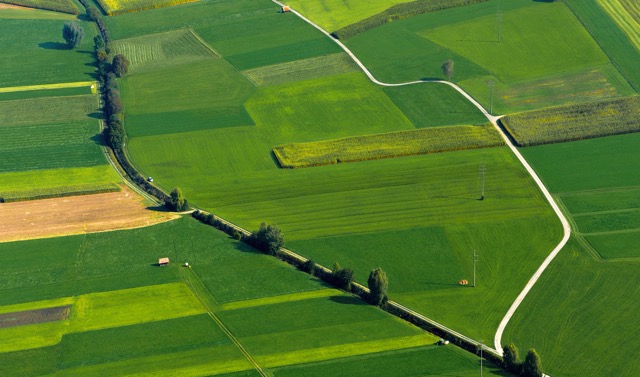A Practical Guide: Choosing the Right AI Strategy for AgTech
Subscribe to get insights and updates.
Agriculture and technology news combined.AI is beginning to deliver meaningful results in agriculture, but only when it's grounded in the realities of the industry. Choosing the right approach isn't about chasing hype; it's about aligning the right technology with a clear business need, usable data, and a thoughtful implementation plan.
This guide offers a grounded framework to help product and innovation leaders assess where AI can add real value, what type of approach fits the challenge, and how to avoid common missteps.
Start with the Problem, Not the Model
Many AI efforts stall because they start with the technology. Instead, start with the problem. What decision are we enabling? What process are we trying to improve or replace? Who will use the solution, and how?
If you can’t name the business outcome, AI may not be the right answer. And in many cases, simpler tools, like analytics, workflow automation, or structured decision trees, may deliver value faster, with less risk.
Know Your Data Before You Build Anything
Agriculture is deeply local. So is agricultural data. Crop performance depends on specific conditions: soil type, elevation, field history, planting date, water, nutrition. This makes standardized models difficult to scale.
Most AgTech datasets are fragmented, incomplete, or stored in incompatible systems. Many lack the volume, quality, or context needed for robust modeling.
Before pursuing any AI approach, assess your data:
- Is it structured (e.g., CSV, sensor feeds) or unstructured (e.g., PDFs, imagery)?
- Is it annotated or labeled?
- Is it representative of the variation in the real world?
Your answers will determine what AI methods are viable, and what assumptions need to be challenged.
Understand the Four Main Approaches to AI
Based on Magoya's internal framework, here are the four most relevant AI categories for AgTech product teams:
.png)
The key is matching the approach to the problem, not the other way around. For example:
- Use Traditional ML if you have labeled historical data and want to predict something (e.g., yield, demand).
- Use RAG if your knowledge base is trapped in documents or policies, and you need accurate retrieval + summarization.
- Use Agentic AI only if you're solving for automated decision-making across multiple systems in real time, and have the infrastructure to support it.
Prioritize Local Context and Model Adaptability
Agronomic models must adapt to the farm, not the other way around. Forcing a rigid model onto diverse datasets often leads to irrelevant outputs, low trust, and poor adoption.
AI solutions in agriculture must allow for feedback loops, site-specific tuning, and human input. That means designing not just for prediction accuracy, but for integration, transparency, and usability.
Account for Adoption Realities
Even a well-scoped, data-ready AI solution can fall short if it doesn’t work for the people using it.
Solutions that require extensive onboarding or deliver marginally relevant outputs are quickly abandoned. With the high stakes in any single season, any experimentation must have a meaningful return to make it worth the risk. Building trust means designing for simplicity, context, and complementarity; the goal is to enhance agronomists’ intuition, not override it.
Infrastructure matters, too. In regions with limited connectivity or constrained IT capacity, even the best models will fail if they rely on always-on cloud access or high bandwidth. Cost and sustainability constraints also mean that enterprise-ready doesn’t always translate to field-ready.
Avoid the Common Traps
- Misaligned ambition: Don’t start with "we need AI." Start with "we need to improve X, and AI might help."
- Data mismatch: The data you need may not exist in the format you assume. Validate early.
- Overbuilding: Many problems don’t require a chatbot or LLM. Sometimes, the best solution is a dashboard.
A Smarter Way to Move Forward
At Magoya, we use a phased approach to AI that starts with discovery and validation. Our teams test assumptions, assess data readiness, and prototype simple solutions before scaling. We favor modular, flexible AI systems that align with real-world farm operations, not theoretical ideal states.
AI in AgTech doesn’t need to be flashy to be effective. It needs to solve real problems, work with imperfect data, and operate in the conditions growers actually face. That’s how you make AI work in AgTech.


.png)


